Welcome to the Sustainable
Future of Architecture
GREEN DESIGN: Energy efficient, sustainable architecture for an envionmentally conscious future
.png?width=484&height=484&name=Rectangle%2013%20(1).png)
Latest News + Articles
Energy Efficient Homes and Florida Vernacular
Indiantown Non-Profit Housing, Inc.’s Impact on Energy Conservation in Martin County.
Starting in late 2010, Indiantown Non-Profit Housing, Inc., (INPHI) in partnership with Martin County successfully reduced the number of abandoned homes in the County. The severe economic conditions and bad lending practices combined to produce a large number of homes that were abandoned and vacant.
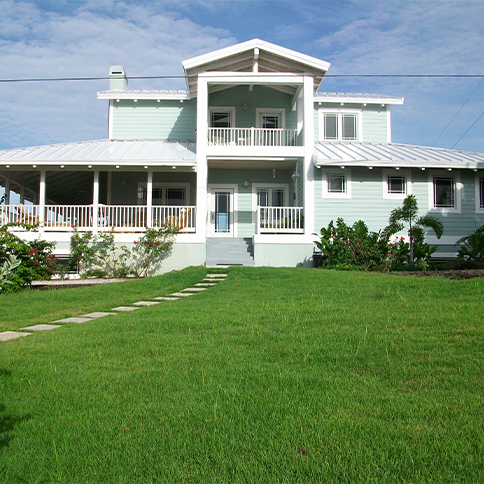
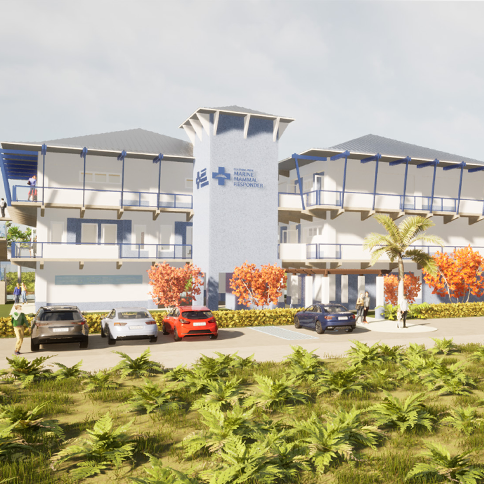
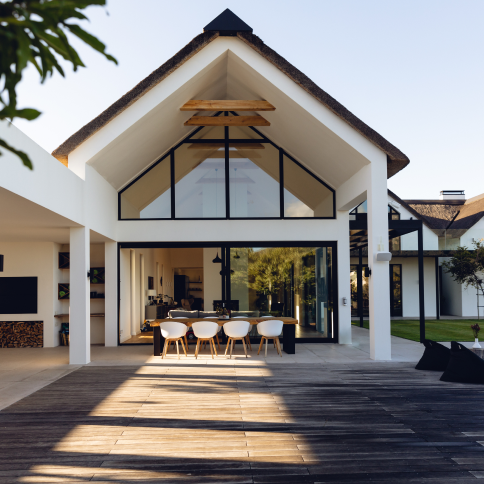
Florida 2060 – Visioning for a Sustainable Future
AIA Florida Takes a Leadership Role
Authored by: Ron Johnson, AIA and Tom Cooper, AIA
Authored by: Ron Johnson, AIA and Tom Cooper, AIA
Florida along with the rest of the nation has reached a critical juncture of population growth, energy shortages, financial problems and deteriorating environmental conditions. In light of these concerns we believe the architects of Florida must offer their knowledge, experience and talents to help provide a better life and physical environment for its citizens.

Awards presented at the American Institute of Architects’ annual gala reveal new trends in local design
Design Winners Lead the Way
By: Ann Taylor
By: Ann Taylor
This three-story, custom designed home is located on three-quarters of an acre at the crest of the secondary coastal dune running from Fort Pierce to Hobe Sound. It offers elevated views to the east of the Intracoastal Waterway and to the west of Savannas Preserve State Park.

Featured Case Study
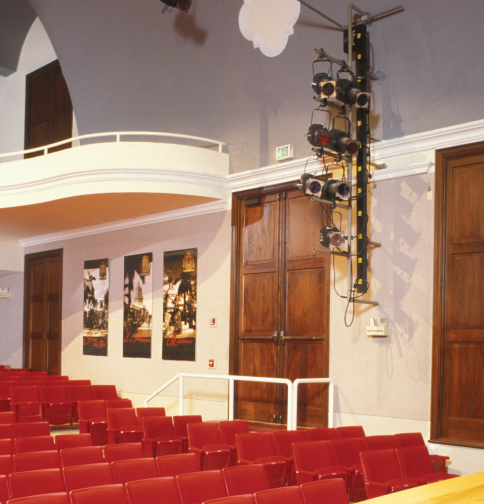
San Carlos Institute
In September 1998, Hurricane Georges damaged the San Carlos Institute located in the Historic District of Key West, Florida. This historic building was designed, in 1924, by renowned Cuban architect Francisco Centurión to commemorate the location where, in 1871, Jose Marti united the Cuban exile groups in their efforts to free Cuba from Spanish rule. The building was used at that time as a museum / art gallery and library of Cuban historical memorabilia, an active theater and school.
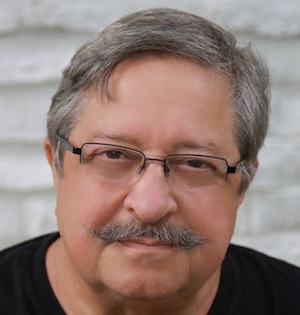
About Me
Thomas T. Cooper, AIA Emeritus, is a sole practitioner, Florida based, architectural firm offering a wide range of professional services to both public and private clients. His working experiences in architecture and construction range over sixty years. Tom was licensed to practice architecture in Florida in 1967, and although he has worked with other architectural firms during the intervening years, he has continually kept his firm active.
